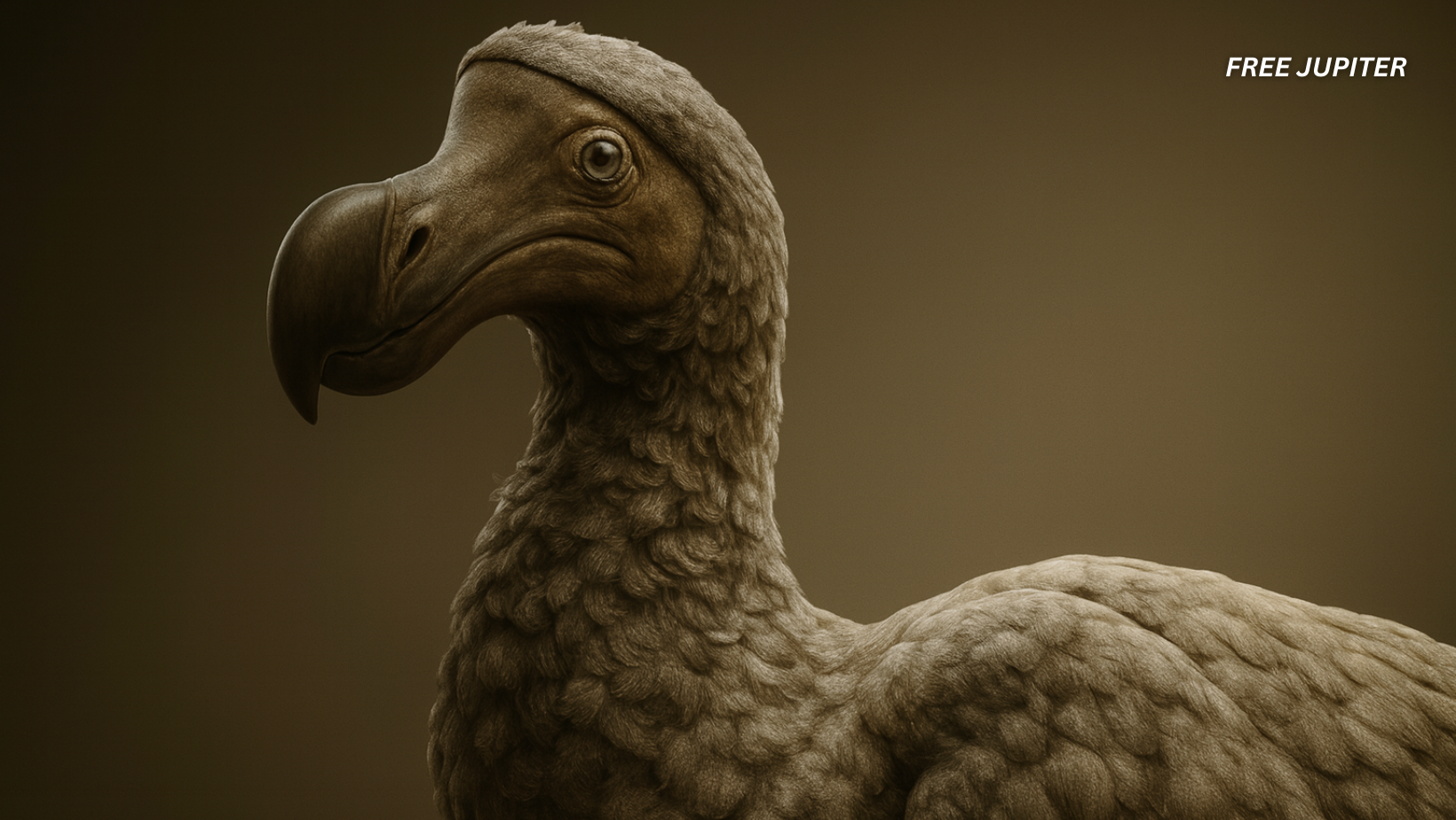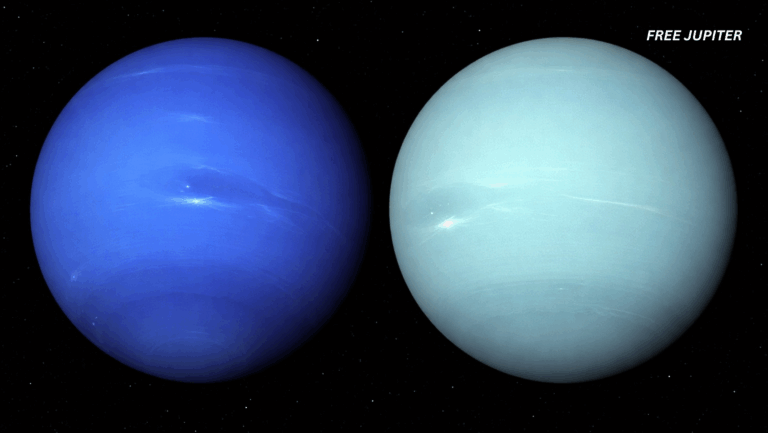For centuries, the dodo has been the poster child for extinction—a big, flightless bird that humans wiped out within a few decades of discovering it. Sailors who landed on the island of Mauritius in the 1600s described it as a clumsy goose-like creature that was, unfortunately, very easy to catch. By 1662, the last reliable sighting of the dodo was recorded. From then on, the bird’s fate became shorthand for “gone forever.”
But what if “forever” isn’t quite so permanent?
A biotechnology company called Colossal Biosciences says it has reached a turning point in its plan to bring the dodo back to life. If all goes according to plan, thousands of dodos could once again wander the forests of Mauritius within the next decade.
How Do You Revive a Bird That’s Been Gone for 300 Years?
The science sounds like something straight out of a sci-fi novel. Colossal has successfully grown pigeon primordial germ cells—the building blocks that eventually become sperm and eggs. Why pigeons? Because the dodo was actually part of the pigeon family, though a very unusual cousin.
From here, the plan gets even more unusual. Colossal has created gene-edited chickens that will act as “surrogate parents.” These chickens can be injected with germ cells from Nicobar pigeons, the closest living relative of the dodo. With additional gene editing—adjusting things like the shape of the head and body—Colossal hopes these surrogate birds will eventually produce true dodos.
According to Colossal’s CEO, Ben Lamm, we’re looking at a timeline of roughly five to seven years. “Not two decades, but not next year either,” he says.
Read more: The World’s Last Two Northern White Rhinos Are Under 24/7 Armed Protection
Why Mauritius?
Mauritius, a small island nation in the Indian Ocean, is where dodos once thrived. With no natural predators, they had little fear of anything—until humans arrived. Sailors and settlers not only hunted the birds but also brought along invasive animals like rats, pigs, and monkeys. These raided dodo nests and destroyed their habitat. Within less than a century, the dodo was gone.
Today, Colossal is partnering with wildlife groups to find safe, rat-free areas where reintroduced dodos could live without the same pressures that wiped them out centuries ago. The idea isn’t to make a pair or two for display—it’s to build a genetically diverse population large enough to sustain itself in the wild.
The Quirky Challenge of Bird Genetics
Re-engineering birds isn’t easy. Mammals, such as sheep (think Dolly the cloned sheep) or even elephants (another Colossal project aimed at reviving mammoths), are simpler to edit because of how their embryos develop. Birds, on the other hand, are trickier.
Beth Shapiro, Colossal’s scientific lead, called the company’s recent success a “super exciting” milestone. She even sports a tattoo of a dodo as a personal reminder of the project’s importance. But she admits the process will be slow and deliberate. Nobody’s planning to suddenly release flocks of dodos into the wild overnight.
The Skeptics Weigh In
Not everyone is convinced this is a good idea—or even possible in the way Colossal describes.
Evolutionary biologist Leonardo Campagna points out that creating something that merely looks like a dodo isn’t the same as reviving the real bird. “We don’t fully know what made a dodo a dodo,” he explains. Genes interact with the environment in complex ways, and recreating the bird’s large body, odd beak, and small wings may not be enough to recreate its true behaviors.
Others raise ethical concerns. Rich Grenyer, a biologist at the University of Oxford, warns that de-extinction projects can be a “dangerous distraction.” By focusing on flashy projects like resurrecting the dodo, he argues, we may lose sight of real conservation work—protecting the species that are still here but teetering on the brink.
After all, more than 2 million species are currently at risk of extinction due to climate change, habitat loss, pollution, and hunting. Critics ask: Shouldn’t our efforts be directed at saving them before tinkering with genetic time travel?
Read more: Conservation Efforts Revive the Spix’s Macaw From The Brink Of Extinction!
A Wider Trend: De-Extinction as Science Meets Spectacle
Colossal isn’t only focused on dodos. The company has already made headlines with its attempts to recreate woolly mammoths and even dire wolves. Investors seem to love the drama—celebrities like Tom Brady, Paris Hilton, and Tiger Woods have thrown money into the project. Film director Peter Jackson, famous for The Lord of the Rings, has joined in, backing Colossal’s effort to bring back the moa, a giant bird that once roamed New Zealand.
The company recently raised another $120 million, pushing its valuation over $10 billion. Clearly, there’s appetite—for both the science and the spectacle.
Why People Care So Much About the Dodo
Part of the dodo’s enduring fame comes from its symbolism. For centuries, the phrase “as dead as a dodo” was a reminder of human carelessness with nature. Bringing it back would feel like rewriting history—or at least correcting a mistake.
Some scientists even see potential ecological benefits. A large, ground-dwelling, fruit-eating bird could help spread seeds and restore balance to parts of Mauritius’s ecosystem. Still, no one can fully predict what would happen if dodos returned. Would they thrive? Would they disrupt current species? Or would they struggle in a landscape altered by centuries of human activity?
Beth Shapiro hints that surprises are inevitable, but she hopes they’ll be “happy surprises.”
Should We Bring Extinct Species Back?
The debate over de-extinction goes beyond science—it touches on philosophy, conservation priorities, and even public psychology.
- The optimistic view: Projects like this inspire wonder, spark interest in science, and may even provide new tools to protect endangered animals. If we can engineer dodos, perhaps we can also save species like the kakapo, a critically endangered parrot from New Zealand, or the Hawaiian crow.
- The skeptical view: These creatures may be little more than “simulations” of extinct species, engineered hybrids that look the part but don’t truly replace what was lost. Worse, people may start thinking extinction is reversible, which could reduce urgency to protect animals now on the edge.
Return of the Dodo | How Science Is Bringing Ancient Animals Back To Life | Unveiled
A Dolly-Like Moment
Ben Lamm calls the dodo project “a Dolly-esque moment,” referencing Dolly the sheep—the world’s first cloned mammal. Dolly changed how the public thought about cloning and genetics. Lamm hopes Colossal’s dodo will do the same for de-extinction.
“Whether you call them dodos or not doesn’t matter,” he said. “What matters is the science, the controversy, and the conversation it sparks.”
In other words, even if the revived bird doesn’t exactly match its extinct ancestor, it might succeed in its true purpose: forcing us to rethink how we treat the natural world, the creatures we’ve lost, and the ones we still have a chance to save.
Featured image: GPT-5o Recreation.
Friendly Note: FreeJupiter.com shares general information for curious minds. Please fact-check all claims and double-check health info with a qualified professional. 🌱










